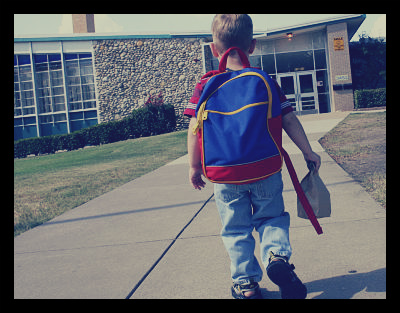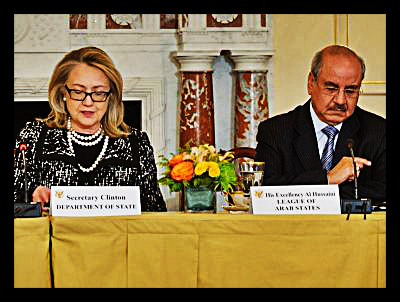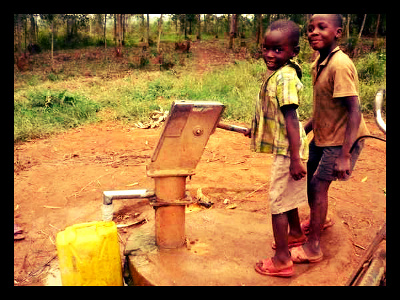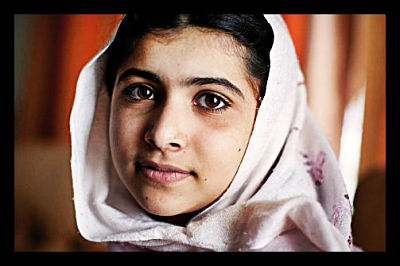 In his State of the Union address, President Obama called for action on something just as unprecedented as universal healthcare in America – universal preschool.
In his State of the Union address, President Obama called for action on something just as unprecedented as universal healthcare in America – universal preschool.
The White House has released an infographic sharing that at-risk children who do not receive a high-quality early education are 25 percent more likely to drop out of school, 40 percent more likely to become a teen parent, 50 percent more likely to be placed in special education, 60 percent more likely to never attend college and 70 percent more likely to be arrested for a violent crime.
The investment in preschools, therefore, means investing in the future of American life, according to an administration that has championed demands that every child one day receive an affordable college education, and who has also called for sharp restrictions to be placed on assault weapons as a result of increasingly sensationalized acts of gun violence.
The investment in early education may raise a generation out of poverty, as current reports claim that the United States provides, at the moment, some of the least access to the social mobility of the world’s utmost developed nation. This has proven disheartening to a society that functions on the ideals of the American Dream, which is that anyone can achieve anything if they work hard enough.
Investing in the future is a principle that is both bipartisan and essential to the capitalist identity of America. We can only hope that legislators can overcome their differences to invest in this preventative social program, as has been done in the states of Georgia and Oklahoma.
– Nina Narang
Sources: The Huffington Post, The Washington Post
Photo: Post University



